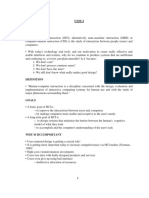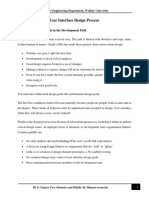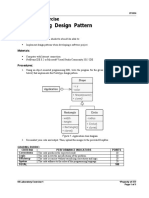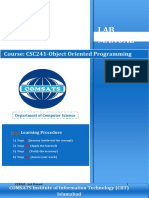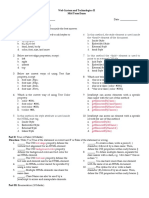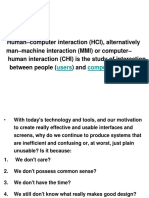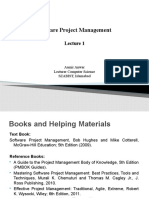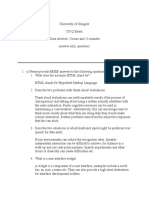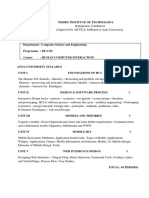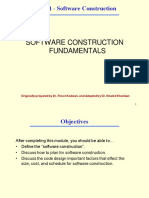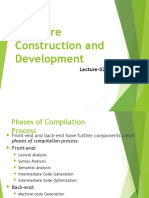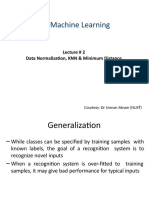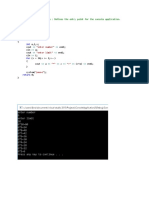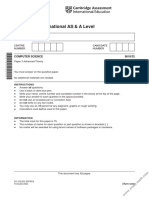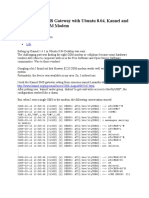0% found this document useful (0 votes)
87 views49 pagesSoftware Development Basics
This document discusses software construction and development processes. It covers:
1) A software process involves a set of activities like requirements, analysis, design, coding, and testing combined in a particular sequence to produce software. Recent trends favor agile software development which focuses on satisfying customers rather than conforming to initial requirements.
2) Software construction involves detailed coding, verification, testing, and debugging to create meaningful software. It is closely tied to design and testing. Construction produces code and configuration items.
3) Fundamentals of construction include minimizing complexity, anticipating change, constructing for verification, and using standards. Planning construction involves laying out a schedule for coding, debugging, and unit testing software. Prerequisites
Uploaded by
Iqra ImtiazCopyright
© © All Rights Reserved
We take content rights seriously. If you suspect this is your content, claim it here.
Available Formats
Download as PPT, PDF, TXT or read online on Scribd
0% found this document useful (0 votes)
87 views49 pagesSoftware Development Basics
This document discusses software construction and development processes. It covers:
1) A software process involves a set of activities like requirements, analysis, design, coding, and testing combined in a particular sequence to produce software. Recent trends favor agile software development which focuses on satisfying customers rather than conforming to initial requirements.
2) Software construction involves detailed coding, verification, testing, and debugging to create meaningful software. It is closely tied to design and testing. Construction produces code and configuration items.
3) Fundamentals of construction include minimizing complexity, anticipating change, constructing for verification, and using standards. Planning construction involves laying out a schedule for coding, debugging, and unit testing software. Prerequisites
Uploaded by
Iqra ImtiazCopyright
© © All Rights Reserved
We take content rights seriously. If you suspect this is your content, claim it here.
Available Formats
Download as PPT, PDF, TXT or read online on Scribd
/ 49




